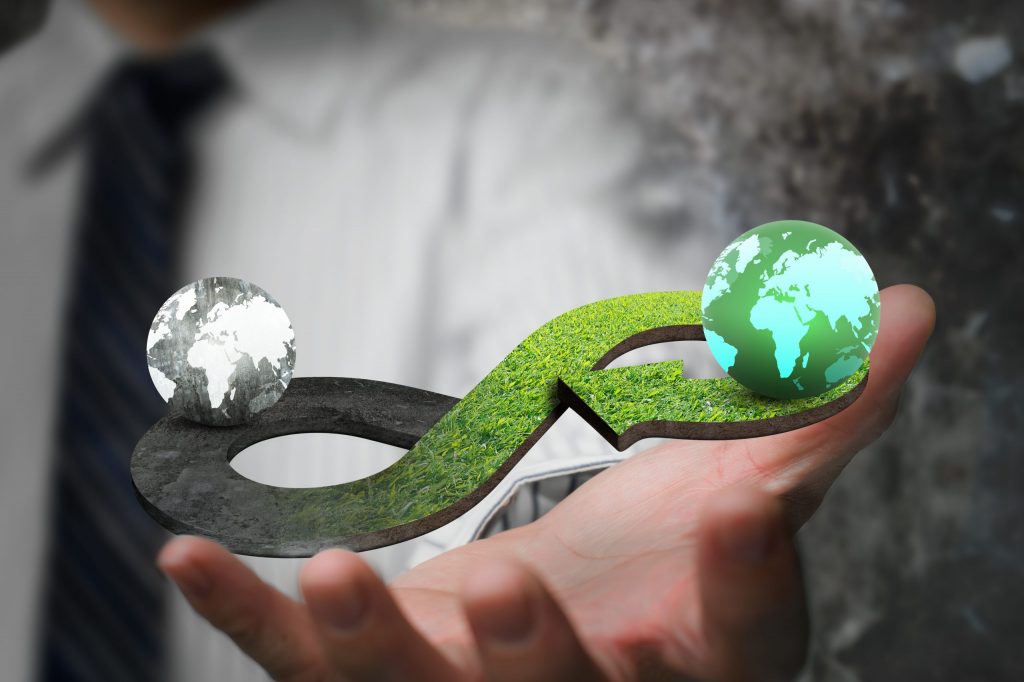
Prove Sustainability
In Part 1 of the LithaNova Story, senior management at Mina Vieja decided that the time was right to seize the opportunity to radically change their business model from coal mining to lithium production. But first, they needed to be sure that they would be allowed to lease a suitable salar field in Chile, and that they would be able to deliver the lithium product their research has identified as most promising.
Issue 1: Knowledge and resources
The Chilean government requires all new lithium mining operations to be more sustainable than current models. Mina Vieja’s chief engineer built preliminary models that indicated it is possible to create a purely chemical, heat-free atmospheric-pressure process that uses catalysts to attract lithium in water that is pumped up from beneath the surface. The system would then return excess water to the environment.
 However, Mina Vieja did not have the capability to test that idea to a level that would satisfy regulators and investors. “Both groups want clear evidence that the environmental impact of our new lithium mining process will be far lower than the way the metal has been processed in the past,” said the company’s general manager, Claude Gonzalez. “We needed to provide them with rock-solid, scientific proof that it will work.”
However, Mina Vieja did not have the capability to test that idea to a level that would satisfy regulators and investors. “Both groups want clear evidence that the environmental impact of our new lithium mining process will be far lower than the way the metal has been processed in the past,” said the company’s general manager, Claude Gonzalez. “We needed to provide them with rock-solid, scientific proof that it will work.”
At the same time, the company also needed to prove that its niche specialty product –– tailor-made, ready-to-use electrolytes for battery manufacturers and electric vehicle makers –– is economically viable. But, said Claude, “while we knew we had customers for the product, and they helped us develop detailed technical requirements, we just did not have the in-house know-how and systems we needed to go further.”
Issue 2: Time and cost
Time was another issue for the company. If Mina Vieja did not move quickly to prove the sustainability of their process, the salar field currently up for lease could be snapped up by someone else; if they did not get their electrolyte product to market before other similar products arrived, they would lose the competitive edge they needed to make the transition to a new business model worthwhile.
“But R&D,” said Claude, “including building physical prototypes and testing them in the real world, is slow and it’s expensive. It also generates quite a bit of waste.”
Deciding to leap into the virtual world
The obvious answer for Mina Vieja, Claude said, “was to find a partner who could help us make the leap into the virtual world, where we could explore and test ideas without risk and at lower cost.
Continue reading the full exclusive article in the Sustainable Mining Network – by GEOVIA
